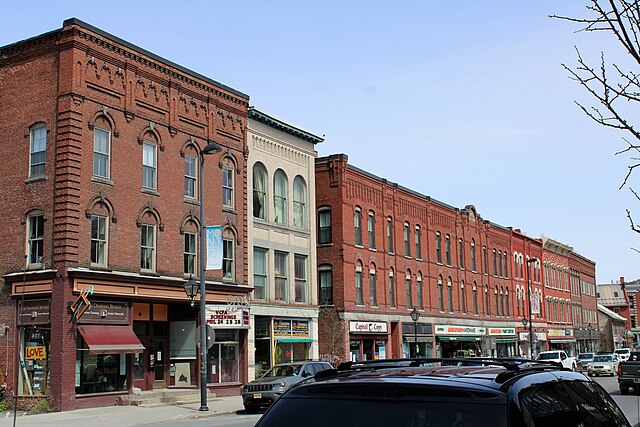
Montpelier, Vermont, is drafting a new city plan that sets goals for land use, facility updates, economic development, utility infrastructure and more.
Adopting a new plan is a necessary step for the city’s project to renew its application for a state growth center designation, which could improve Montpelier’s chances to win state grants and facilitate tax increment finance districts.
Growth centers intend to align public infrastructure and private building investments with a local framework of policies and regulations to ensure economic vitality while protecting agriculture and natural resources.
The Montpelier City Council is expected to discuss the most recent draft of the extensive 12-chapter plan at its April 14 regular meeting, Montpelier Planning Director Michael Miller told Government Market News.
By Vermont state law, the council must hold the document for 30 days before holding the first of two public hearings.
“At this point, we anticipate hearings on May 14 and May 28,” Miller said. “Council may hold additional hearings as they feel are necessary.”
A public hearing held last week yielded 75 comments from citizens who mostly offered feedback on increasing access to housing.
Highlights of the draft plan include:
Transitioning into a mixed-use, walkable city that strengthens downtown and residential neighborhoods, develops outside flood zones and protects natural resources. This includes adding areas of town to the Growth Center Program area, making them eligible for the state to offer the city and developers benefits to build.
Considering alternatives to the traditional property tax system.
Addressing the city’s water system and wastewater treatment plant and development of a new utility to handle stormwater and construction of a new recreation center with a basement that could provide emergency shelter.
Prioritizing the state’s Designated Downtown Program to access potential tax credits, less state jurisdiction and reduced fees. The plan also calls for investigating the impact of reducing or eliminating the city’s business equipment tax, which the city said has become an obstacle to attracting business.
Workforce development that includes vocational rehabilitation and collaboration with state and educational institutions to meet the needs of businesses and manufacturers.
Protecting historic resources.
Addressing flooding and flood erosion.
Creating emergency management systems and facilitating recovery following natural disasters.
Electrifying the city’s vehicle fleet.
Prioritizing necessary road repairs.
Photo Courtesy
Farragutful via Wikimedia Commons
Commons Attribution-Share Alike 4.0
The post Montpelier eyes city plan to boost chances for state grant appeared first on Government Market News.
